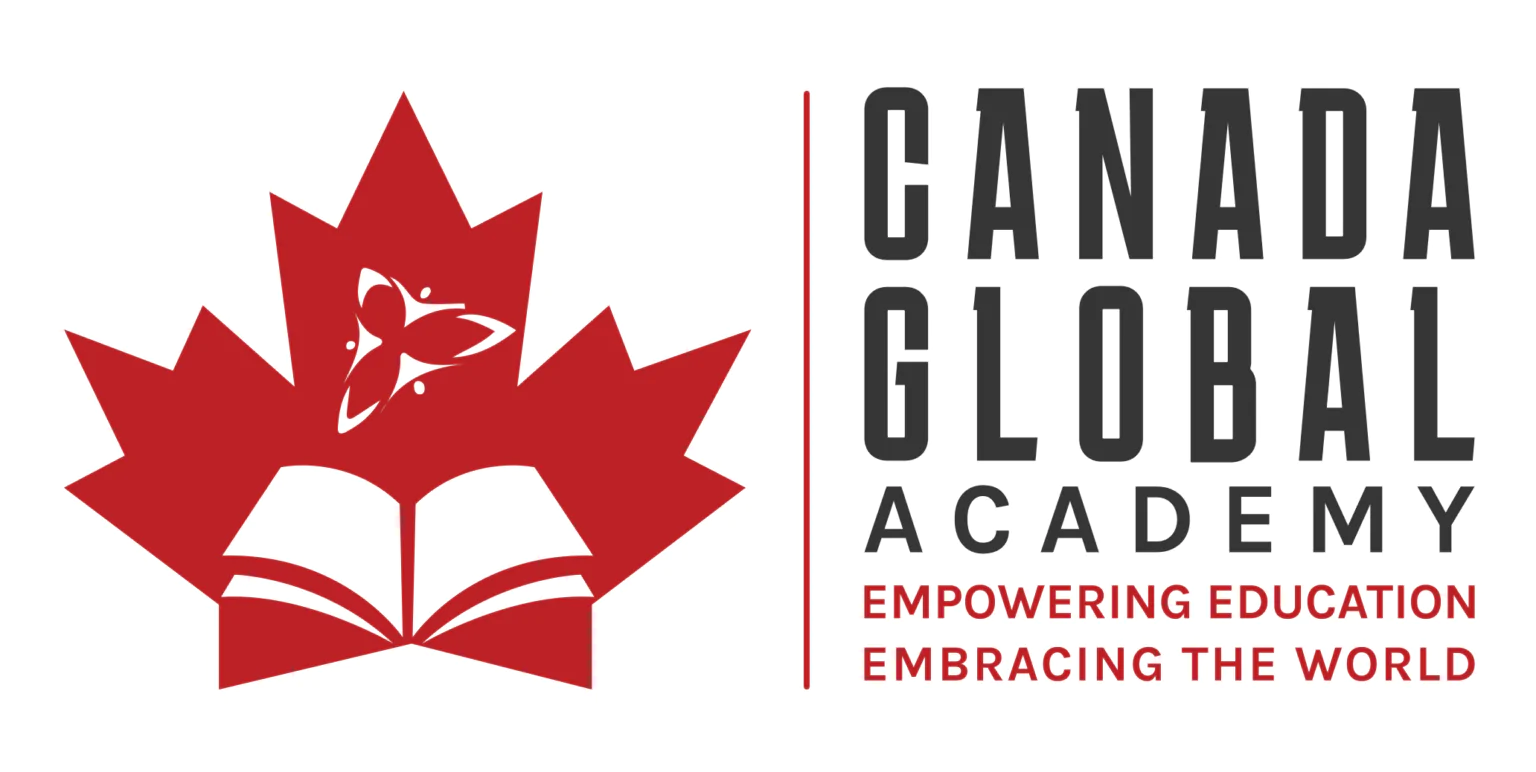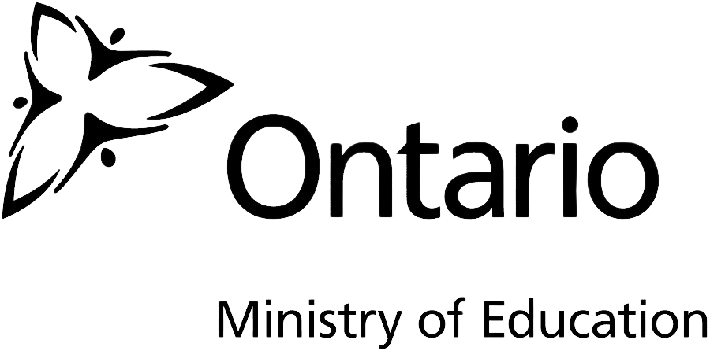
Martin Doherty is the CEO of Ethos Education & Canadian Global Academy : the exclusive authorized provider of the renowned 3rd globally ranked Ontario Ministry of Education‘s curriculum and Digital Learning Platform outside of Canada. He is also the founder the cutting edge magazine, Education Distruptor.
Through our School Partnership Program, we empower schools worldwide to attain Canadian Accreditation, providing the opportunity to establish themselves as Canadian Accredited schools. Additionally, home-based businesses can run their own Canadian Accredited Micro-School. Contact us today to learn more!
Related Posts
- Virtual Learning Revolution: How Microschools and Pods are Reshaping Education Globally
Explore the transformative power of microschools and pods leveraging school technology & innovation for a…
- Personalized Learning Revolution: Tailoring Education to Every Student's Potential
Unlock the power of educational expertise to customize learning for every student's unique potential. Embrace…




